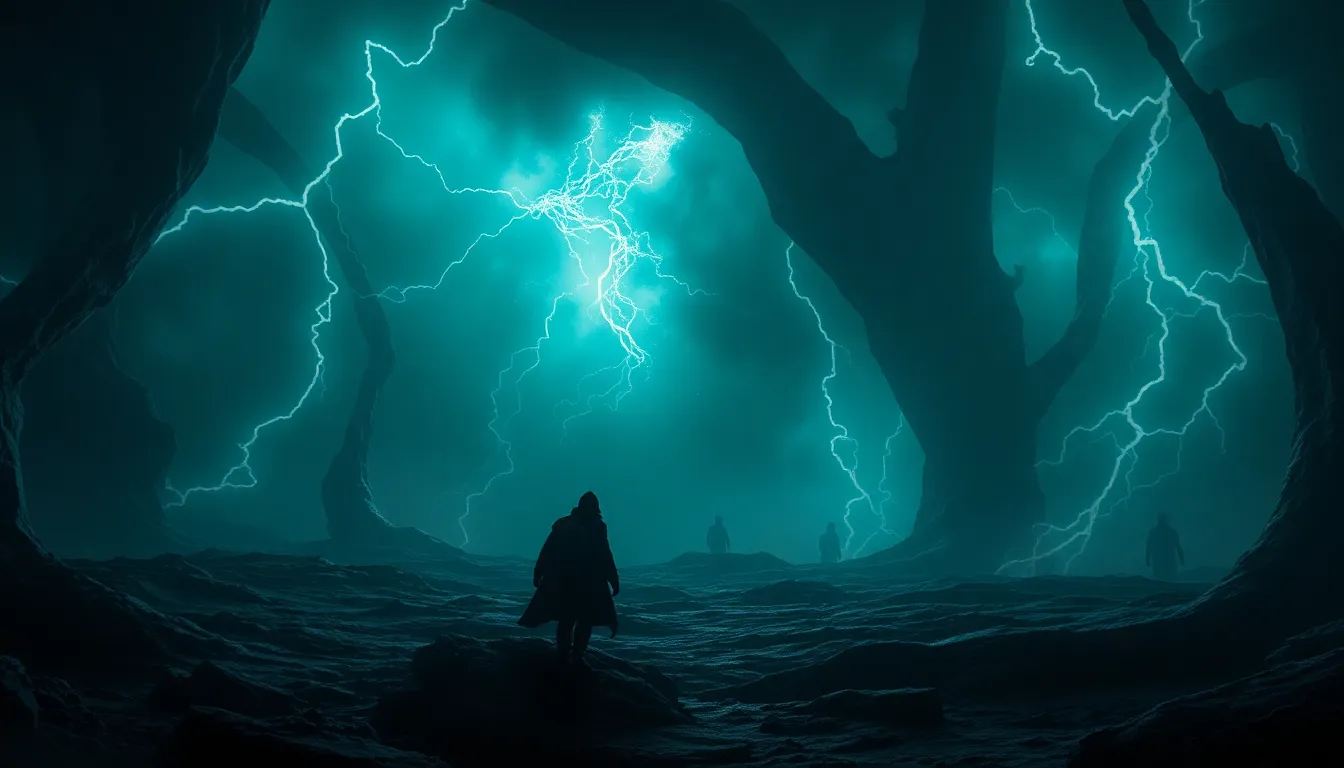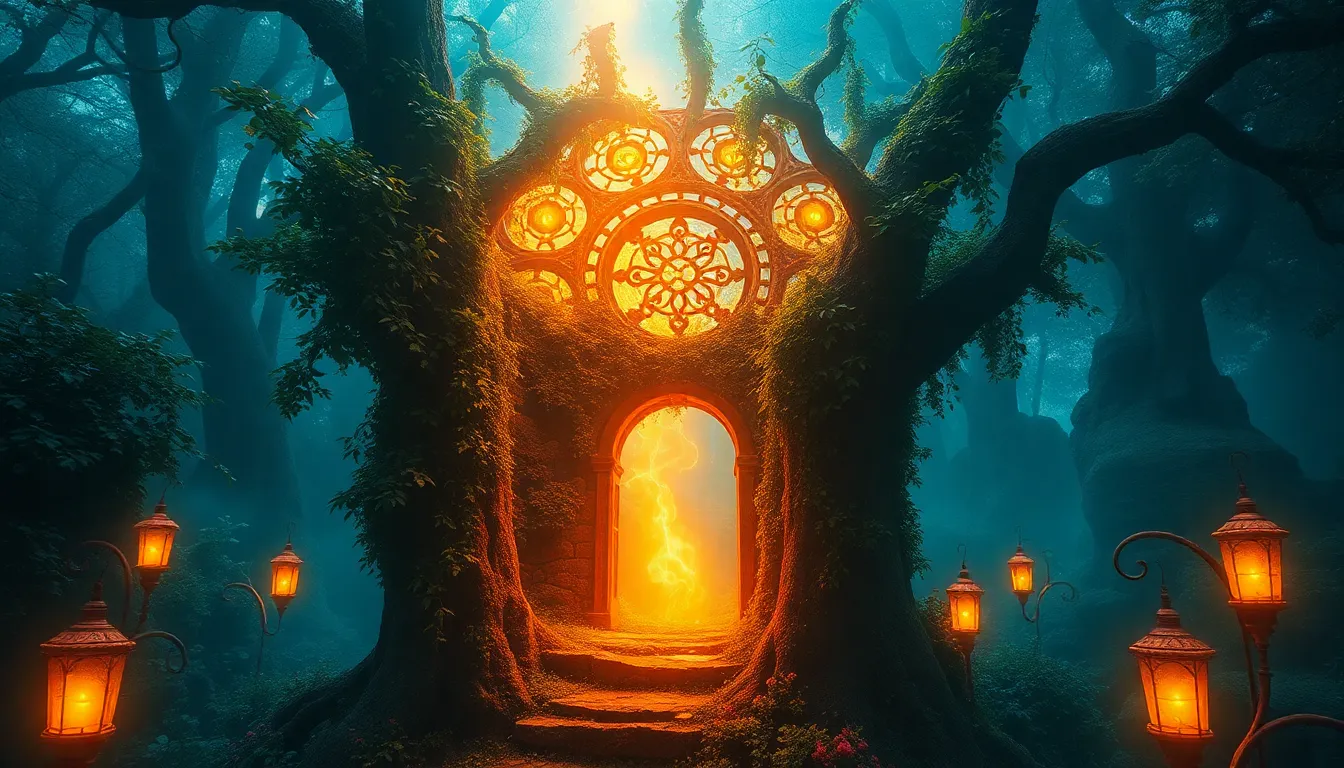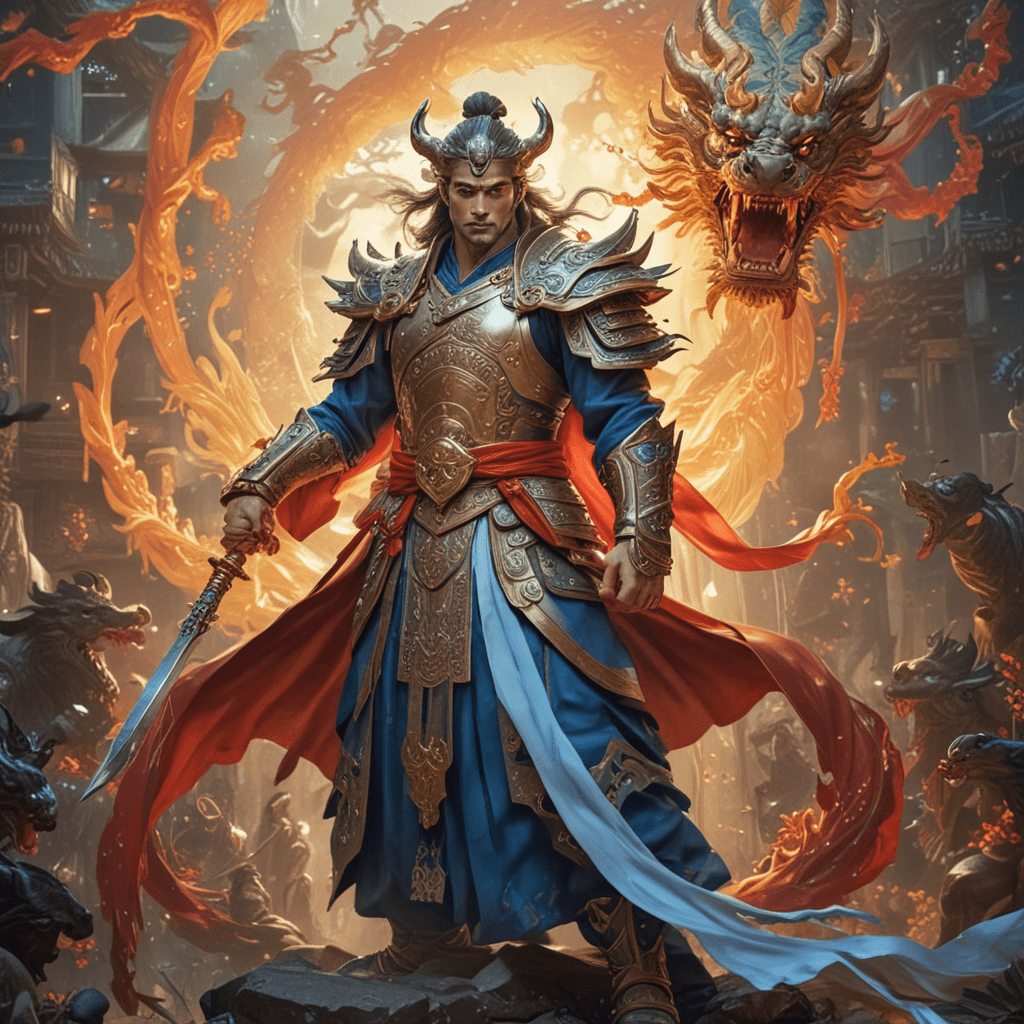Underworld Myths: What They Reveal About Human Nature
I. Introduction
Underworld myths are narratives that explore the realms beneath our world, often depicting the afterlife, death, and the moral consequences of human actions. These myths serve not only as storytelling devices but also as profound reflections of human nature and our intrinsic fears and desires. They provide a framework for understanding mortality and the moral complexities of life.
The importance of these myths lies in their ability to encapsulate the collective psyche of societies across time. As individuals, we seek to comprehend the unknown, and underworld myths offer insights into our deepest anxieties and aspirations. Thesis Statement: Underworld myths serve as a reflection of human fears, desires, and moral dilemmas, providing insights into our collective psyche.
II. Historical Overview of Underworld Myths
A. Ancient Civilizations and Their Underworld Beliefs
1. Mesopotamian Views (e.g., the Epic of Gilgamesh)
In ancient Mesopotamia, the underworld was known as Kur, a dark and dreary place where all souls went after death, regardless of their deeds in life. The Epic of Gilgamesh explores themes of mortality and the human condition, showcasing Gilgamesh’s quest for immortality and his eventual acceptance of death.
2. Greek Perspectives (e.g., Hades and the River Styx)
The Greeks envisioned the underworld as a complex realm ruled by Hades, with distinct sections such as the Elysian Fields for the virtuous and Tartarus for the wicked. The River Styx served as a boundary between the living and the dead, emphasizing the importance of proper burial rites to ensure safe passage.
3. Egyptian Afterlife Concepts (e.g., Osiris and the Duat)
In ancient Egypt, the afterlife was a central aspect of their belief system. The god Osiris ruled the Duat, the Egyptian underworld, where souls underwent judgment. The weighing of the heart against the feather of Ma’at determined their fate, reflecting the moral values of society.
B. Evolution of Underworld Myths Over Time
Over centuries, underworld myths have evolved, adapting to cultural changes and societal values. From the rigid hierarchies of ancient civilizations to more nuanced interpretations in modern literature, these myths continue to serve as metaphors for our understanding of life, death, and morality.
III. Common Themes in Underworld Myths
A. Death and the Afterlife
Most underworld myths grapple with the concepts of death and what lies beyond. They explore human fears surrounding mortality and the uncertainty of the afterlife.
B. Judgment and Moral Consequences
Many myths incorporate themes of judgment, where souls face consequences for their earthly actions, reinforcing moral lessons about right and wrong.
C. Transformation and Rebirth
Underworld narratives often depict death as a form of transformation, suggesting that endings can lead to new beginnings, a notion prevalent in many cultures’ beliefs about reincarnation.
D. The Role of Guides and Guardians (e.g., Charon, Anubis)
- Charon: The ferryman of Hades, who transports souls across the River Styx.
- Anubis: The Egyptian god associated with mummification and the afterlife, who guides souls through the Duat.
IV. Psychological Interpretations of Underworld Myths
A. The Role of the Subconscious in Myth Creation
Underworld myths often emerge from the collective subconscious, revealing our innate fears and desires related to death and the afterlife.
B. Archetypes and Their Significance (e.g., the Hero’s Journey)
Many underworld myths follow the hero’s journey archetype, where protagonists confront death or traverse the underworld, illustrating personal growth through challenges.
C. Carl Jung’s Perspective on the Shadow Self
Jungian psychology interprets the underworld as a representation of the shadow self, the darker aspects of our personality that we often ignore. Engaging with these myths allows individuals to confront and integrate their shadows.
V. Cultural Reflections of Human Nature in Underworld Narratives
A. Societal Values and Morality
Underworld myths reflect the moral values of the cultures that create them, showcasing what is deemed acceptable or taboo within society.
B. Fear of the Unknown and the Concept of Evil
These narratives often embody humanity’s fear of the unknown, particularly concerning death and the potential for evil that exists in the world.
C. The Search for Meaning and Closure
Underworld myths provide a framework for individuals to make sense of loss and death, offering closure through the promise of an afterlife or rebirth.
VI. Underworld Myths in Modern Literature and Media
A. Adaptations and Reinterpretations in Fiction
Contemporary literature and media frequently draw inspiration from ancient underworld myths, reinterpreting them to resonate with modern audiences.
B. The Influence of Underworld Myths on Contemporary Storytelling
These myths continue to shape narratives across various genres, from fantasy epics to psychological thrillers, reflecting ongoing human concerns about mortality.
C. Examples of Modern Works Inspired by Ancient Myths (e.g., Neil Gaiman’s “American Gods”)
Neil Gaiman’s American Gods intricately weaves elements of underworld mythology into its narrative, exploring themes of belief, identity, and the relevance of ancient gods in contemporary society.
VII. Comparative Analysis of Underworld Myths Across Cultures
A. Similarities and Differences in Underworld Depictions
While underworld myths vary significantly across cultures, many share common themes related to death, judgment, and the afterlife, indicating universal human concerns.
B. Cross-Cultural Themes and Their Significance
Cross-cultural examinations of these myths reveal insights into human nature, showcasing how different societies address the same existential questions.
C. Insights into Global Human Nature Through Comparative Mythology
By studying underworld myths across cultures, we gain a deeper understanding of what it means to be human, as these narratives encapsulate our fears, hopes, and moral frameworks.
VIII. The Role of Underworld Myths in Personal and Societal Reflection
A. Myths as Tools for Coping with Mortality
Underworld myths serve as coping mechanisms, helping individuals and societies navigate the complexities of life and death, providing comfort in the face of mortality.
B. The Enduring Legacy of Underworld Myths
These myths not only influence literature and media but also continue to shape our cultural conversations about death, morality, and the afterlife, proving their lasting relevance in understanding human nature.



